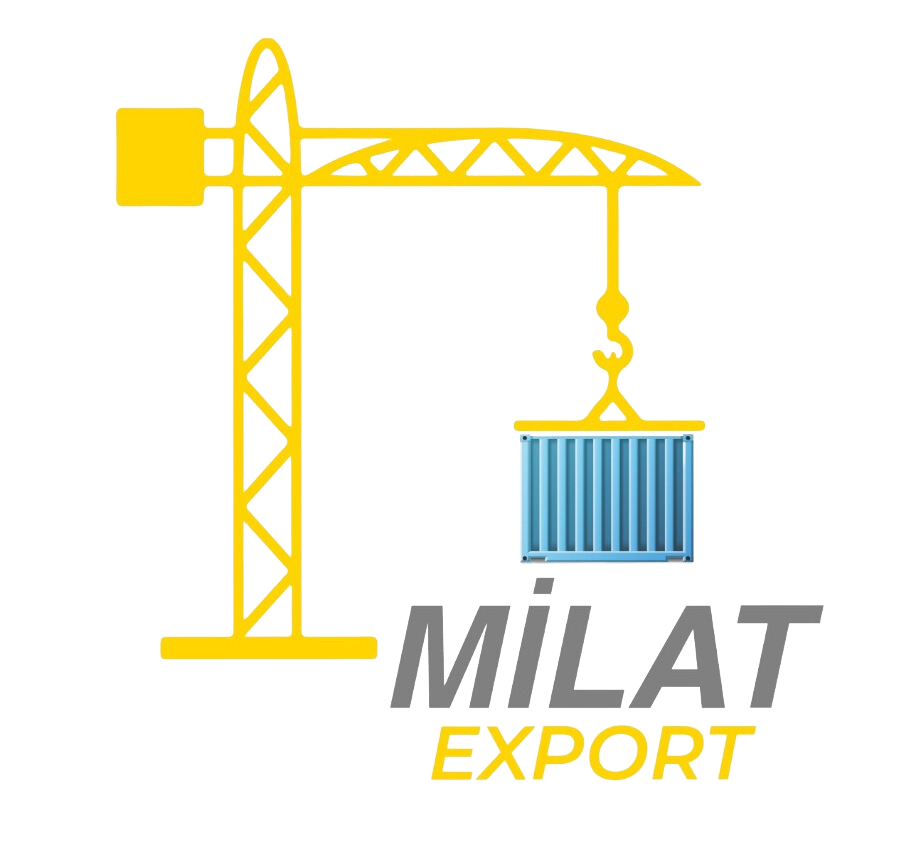
1. Introduction to Modern Office Furniture
In the ever-evolving world of office design, modern office furniture stands out as a key element in creating functional and stylish work environments. As the workplace continues to adapt to new technologies and work styles, modern office furniture has become a blend of aesthetics and practicality. This guide will explore the evolution of office furniture, its contemporary characteristics, and how to choose the right pieces for different types of offices.
2. The Evolution of Office Furniture
Office furniture has undergone significant changes over the decades, reflecting shifts in work culture and technological advancements.
Early 20th Century: The early 1900s saw office furniture characterized by heavy wooden desks and ornate designs. These pieces were often bulky and reflected the grandeur of the era.
Mid-20th Century: The 1950s and 1960s introduced streamlined designs with the advent of metal and plastic materials. This period marked a move towards functional, space-saving solutions that catered to the increasing demands of office work.
Late 20th Century: The 1980s and 1990s saw the rise of ergonomic furniture aimed at enhancing comfort and productivity. Modular systems became popular, allowing for customizable office layouts.
21st Century: Today, modern office furniture embraces minimalist aesthetics, flexible functionality, and sustainable materials. Technology integration, such as built-in charging ports and adjustable features, has become a standard.
3. Characteristics of Modern Office Furniture
Modern office furniture is distinguished by several key features:
Ergonomics: Comfort is paramount. Modern office furniture often includes adjustable chairs and desks designed to support various working positions and reduce strain.
Flexibility: Modular and multipurpose designs allow for adaptable office spaces that can easily be reconfigured to meet changing needs.
Technology Integration: Built-in technology, such as wireless charging stations and cable management systems, is a common feature of modern office furniture.
Aesthetics: Sleek lines, neutral colors, and clean designs characterize modern office furniture, contributing to a professional and uncluttered look.
Sustainability: Many modern office furniture pieces are made from eco-friendly materials and designed with sustainability in mind.
4. Valuing Modern Office Furniture
When assessing the value of modern office furniture, consider the following factors:
Material Quality: High-quality materials, such as solid wood, metal, and durable fabrics, contribute to the longevity and aesthetic appeal of furniture.
Design: Functional and stylish designs enhance both the usability and appearance of office spaces. Unique designs or custom pieces may command higher prices.
Brand Reputation: Established brands often provide warranties and guarantees, which can add to the overall value of the furniture.
Technology Features: Furniture that integrates technology or offers advanced features often comes at a premium but adds significant value in terms of functionality.
Ergonomics: Ergonomically designed furniture that supports health and productivity is highly valued.
5. Choosing the Right Office Furniture
Different types of offices require specific furniture solutions:
Corporate Offices: High-end, sophisticated furniture with a focus on executive desks, conference tables, and ergonomic chairs. These pieces often reflect the company’s brand and prestige.
Startups and Creative Spaces: Flexible and modular furniture that fosters collaboration and creativity. Open-plan layouts and adaptable workstations are common.
Home Offices: Compact and functional furniture that maximizes space and offers comfort. Adjustable desks and comfortable chairs are essential.
Healthcare and Educational Facilities: Durable and easy-to-clean furniture that meets the specific needs of these environments.
6. Luxury and Taste in Office Furniture
Certain office furniture pieces can be seen as symbols of wealth and sophistication:
Executive Desks: Often made from premium materials and featuring custom designs, executive desks can signify status and authority.
Boardroom Tables: Large, elegant tables used in high-level meetings are a statement of corporate prestige.
Designer Chairs: High-end, ergonomic chairs from renowned designers often serve as both functional and luxurious additions to an office.
7. Conclusion
Modern office furniture not only enhances the functionality of workspaces but also reflects the evolving nature of work culture. From ergonomic designs to technology integration, choosing the right office furniture involves understanding both your needs and the latest trends. To explore a wide range of high-quality modern office furniture, visit Milat Export. For more information about our services, please visit our Services page, or contact us directly through our Contact page.
With a rich history and a promising future, modern office furniture continues to play a crucial role in creating effective and stylish work environments.

